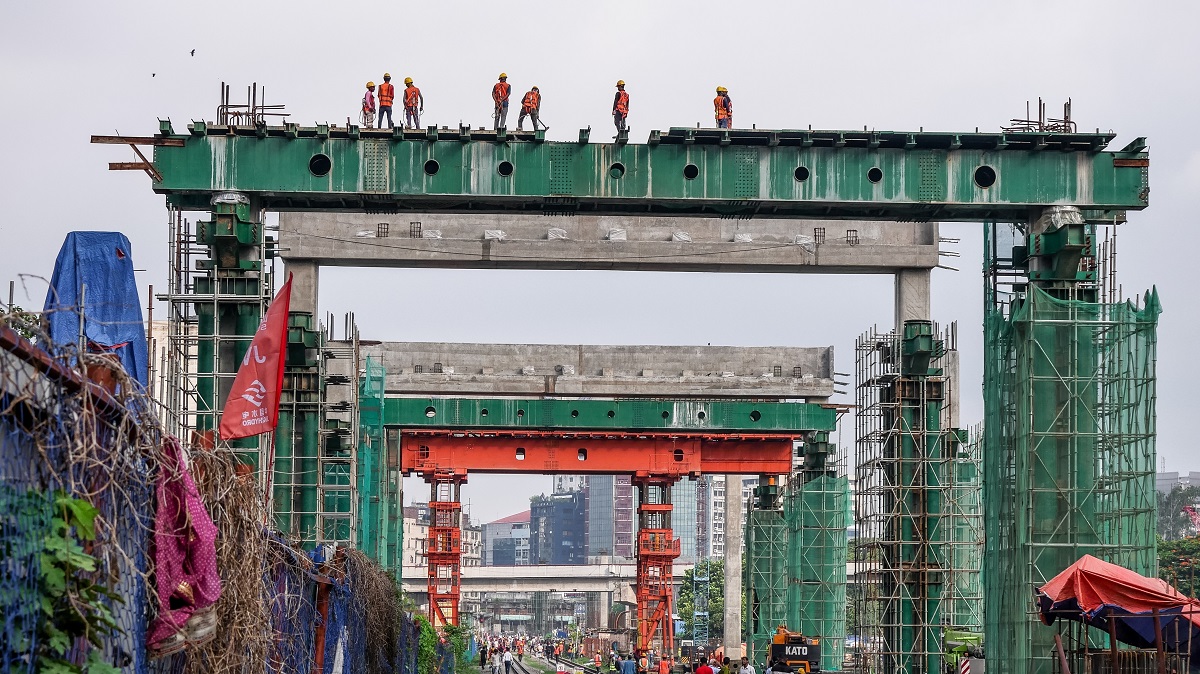UNCTAD's World Investment Report 2023 shows that investment flows remained concentrated, with the top five recipients accounting for about 70% of the total.

© Shutterstock/Tanjil.Rahman | Construction of an elevated expressway in Dhaka, Bangladesh.
Foreign direct investment (FDI) in least developed countries (LDCs) declined by 16% to $22 billion in 2022, according to UNCTAD’s World Investment Report 2023 published on 5 July.
The top five recipients were Ethiopia, Cambodia, Bangladesh, Senegal and Mozambique, in that order.
Because FDI flows are driven in part by investments already present in a country, for example through reinvested earnings, the rankings are different for project announcements.
The top recipients in international project finance were Cambodia, Niger, the Lao People’s Democratic Republic, United Republic of Tanzania and Sudan, in that order. For greenfield projects, the top recipients were United Republic of Tanzania, Bangladesh, Senegal, Cambodia and Rwanda.
FDI in the 33 African LDCs accounted for 58% of all LDC inflows. Inflows exceeded $1 billion in seven African LDCs. Ethiopia was the largest recipient of FDI in the group, at $3.7 billion – a 14% decrease from 2021.
In Senegal, FDI flows remained flat at $2.6 billion. FDI to the Democratic Republic of the Congo was also flat at $1.8 billion, with investment remaining buoyant because of flows to offshore oil fields and mining.
In the nine Asian LDCs, FDI inflows rose by 2% to $9.2 billion. In Cambodia, FDI increased by 3% to $3.6 billion. Although greenfield project values in the country remained small, at only $661 million, there were 12 international project finance deals with a total value of $1.2 billion.
Greenfield project announcements rise
The number and value of greenfield project announcements in LDCs increased in 2022, by 6% and 91%, respectively. Yet, they remained below their 10-year average, at about half in number and a quarter in value.
Announced greenfield projects in extractive industries jumped to $11.5 billion from $1.4 billion in 2021.
International project finance deals announced in LDCs decreased by 9% in number and by 68% in value, to $20 billion. Renewable energy projects continued to account for the largest number of projects (24).
Investment activity in LDCs across sectors relevant for the attainment of the Sustainable Development Goals (SDGs) remained weak in 2022.
The number of all investment projects (both greenfield and international project finance) fell in important SDG sectors, including infrastructure, renewables and education. They rose in agrifood systems, WASH (water, sanitation and hygiene) and health.
Multinational enterprises from developing countries play an increasingly important role in LDCs. China continued to be the largest source of FDI, with its FDI stock in LDCs reaching $48 billion – a 21% rise from 2017.



